
Breaking: CBG Week Starts Today, 50% Off Through Sunday, Sep 14
Save 50% on USA Medical CBG this week. Use code
By Jake Crossman (CNC-NASM), Nutrition Specialist; Holistic Health Coach; Managing Partner, USA Medical
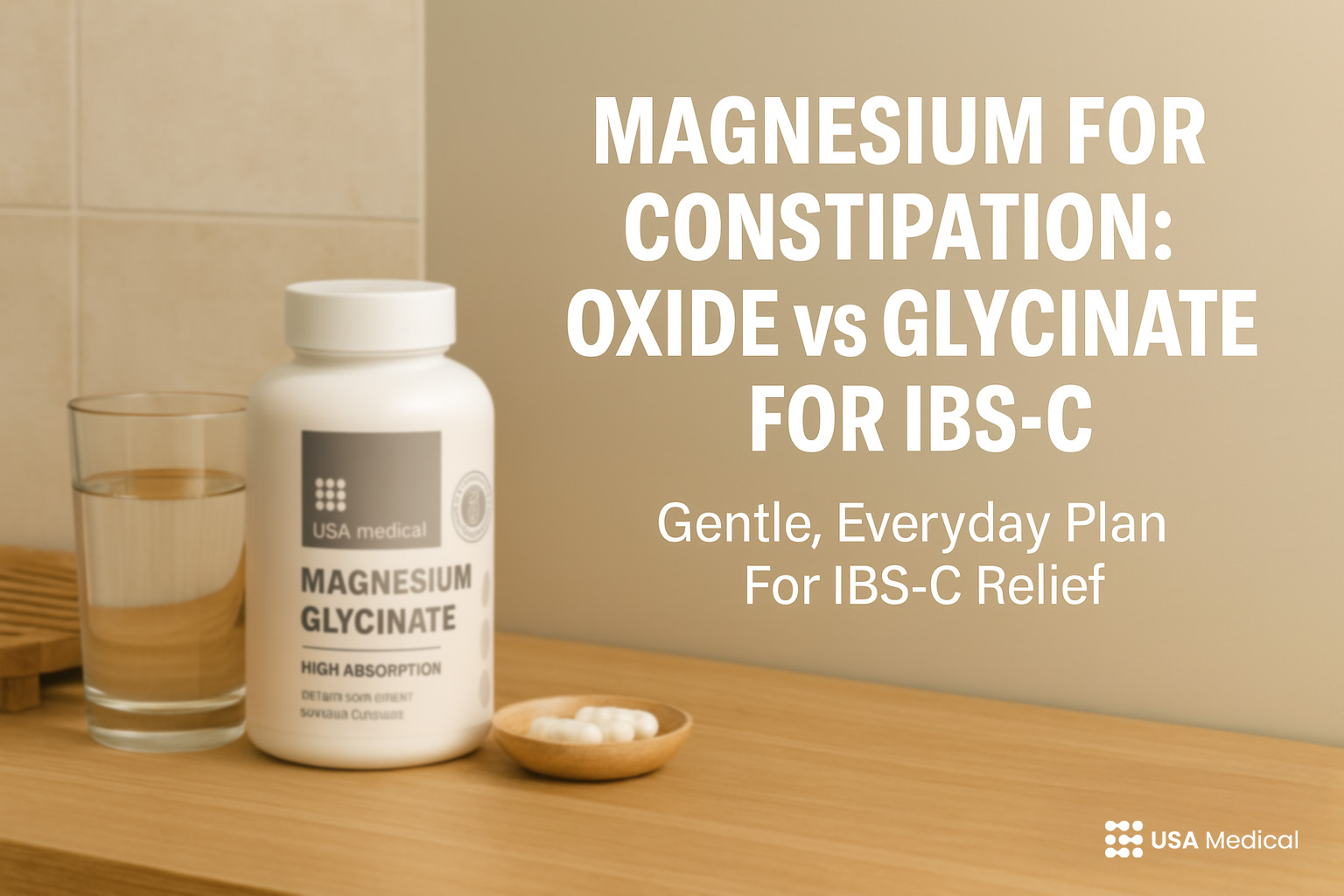
If your goal is comfortable, consistent relief, not a rollercoaster, you need Magnesium Glycinate. In this guide, we explain why many people prefer magnesium glycinate for day-to-day IBS-C, even old research suggests magnesium oxide, and exactly how to test a gentle plan at home.
You’ll leave with a 7-day roadmap and clear guardrails for safety.
IBS-C means your colon is slow and sensitive at the same time.
Push too hard with harsh osmotic pulls, and you can get cramping, urgency, or a “now or never” dash that makes you avoid the supplement next time.
That’s why the frame for magnesium for constipation in IBS-C is simple: coax the gut, don’t blast it.
Magnesium is useful for two reasons that matter to constipation:
Osmotic Pull – In the colon, luminal magnesium draws water into stool, softening it and making passage easier.
Neuromuscular Calm – Magnesium supports smooth-muscle relaxation and nerve balance. For sensitive guts, calmer tone often means less guarding and easier mornings.
When people talk about magnesium for constipation, they usually compare magnesium oxide (stronger osmotic effect) with magnesium glycinate (chelated, gentler profile).
Both can help, but how they help feels different.
Magnesium Oxide – Inexpensive and effective at drawing water into the bowel. It appears in chronic constipation guidelines because trials show it can increase stool frequency. The tradeoffs: for some, magnesium oxide constipation strategies cause cramping, urgency, or unpredictable timing, great for a “reset,” not always great for an everyday life.
Magnesium Glycinate – Elemental magnesium bound to glycine (an amino acid with a naturally calming profile). Many IBS-C users report steadier mornings and fewer bathroom emergencies. In practice, magnesium glycinate bowel movements tend to feel more controlled and comfortable, exactly what keeps people consistent.
We acknowledge that U.S. guidelines list oxide as an evidence-based option. But for daily IBS-C magnesium support, we believe glycinate is the smarter default. Here’s the six-point case:
Tolerability – Gentler on the GI tract. Fewer “drop everything” moments → better adherence.
Consistency – Many users move from feast-or-famine stools to predictable, complete movements. That’s the goal of magnesium glycinate bowel movements, steady Bristol 3–4, minimal straining.
Gut–brain calm – Glycine’s calming role plus magnesium’s smooth-muscle relaxation helps reduce guarding. Calmer tone ≈ easier evacuation next morning.
Sleep synergy – Evening glycinate supports better sleep. Well-timed sleep stabilizes colonic motility rhythms the following day.
Stack-friendly – Pairs cleanly with fiber, hydration, short walks, and a footstool, core IBS-C magnesium habits.
Reserve strategy – Keep magnesium oxide constipation as a short, targeted assistant (travel, two stagnant days), not your daily driver
Use this framework unless your clinician has given you specific dosing.
Timing – Morning with breakfast if you’re targeting daytime bowel activity; evening if you want the sleep synergy and a morning effect.
Food – Take with food if you’re sensitive. Either way is fine, consistency matters more.
Hydration – Aim for clear-to-pale yellow urine. Under-hydration is a common reason magnesium for constipation “fails.”
Movement – A 10–15 minute walk after meals wakes up the gut without provoking urgency.
Footstool – Elevate the feet on the toilet to straighten the anorectal angle; it reduces straining and complements IBS-C magnesium routines.
Spacing from meds – Separate magnesium by several hours from tetracyclines/fluoroquinolones (antibiotics), bisphosphonates, and levothyroxine to avoid reduced drug absorption.
Who should ask first – Kidney disease, significant heart disease, pregnancy: talk to your clinician before adding supplements.
This plan is designed to produce comfortable, repeatable results and to show you whether glycinate fits your body. Keep a simple log: time of dose, meals, water, walks, stool form (Bristol 1–7), straining (0–3), urgency (0–3).
Day 1 – Start glycinate with breakfast. Hydration goal: one glass at waking, one with each meal. 10-minute walk after lunch and dinner.
Day 2 – Keep the dose and timing. Add a footstool in the bathroom. Target Bristol 3–4, less straining. Note any cramping (should be minimal).
Day 3 – Fiber balance. Add one serving of cooked veggies or oats; avoid big jumps in raw roughage. IBS-C magnesium consistency beats sudden fiber spikes.
Day 4 – If you’re still at Bristol 1–2, increase glycinate modestly (within typical supplemental ranges) or shift timing earlier in the morning. Keep water and walks steady.
Day 5 – Evaluate: are magnesium glycinate bowel movements closer to daily? If no bowel movement by end of Day 5, consider a single small assist that evening with oxide, then return to glycinate-first tomorrow.
Day 6 – Lock the routine. Same dose, same timing, steady meals, walks, and footstool.
Day 7 – Decide. If stool form is 3–4 with low strain and minimal urgency, you’ve found a sustainable baseline. If you still struggle despite compliance, discuss escalation (fiber therapy adjustment, osmotic PEG, secretagogues) with your clinician.
There are moments when a short magnesium oxide constipation assist is practical: post-travel stagnation, missed routine for a couple of days, or before a schedule-packed morning when you need a predictable result.
Oxide’s stronger osmotic pull can help, in small, time-boxed doses, then go back to glycinate to maintain rhythm without daily cramping or urgency.
Bleeding, unexplained weight loss, anemia, nighttime symptoms – Seek medical care.
Frequent “rescue” use – If you rely on oxide more than occasionally, you need a formal plan (diet, meds, or further work-up).
Severe pain, vomiting, or sudden change – Contact your clinician promptly.
For many people with IBS-C, the best version of magnesium for constipation is the one you can take every day without fear of cramping or urgency. That points to glycinate-first, with hydration, fiber balance, short walks, and a footstool, while keeping a small, occasional role for oxide when you truly need it. Build the routine, track your response, and loop your clinician in if progress stalls.
Many feel a difference within 2–5 days once routine and hydration stabilize. Look for magnesium glycinate bowel movements that shift toward Bristol 3–4 with less straining rather than a single dramatic purge.
It can be stronger in the short term, but for daily life, IBS-C magnesium plans often favor gentler, steadier options that reduce cramping and urgency.
Both can work. If your schedule allows a predictable morning window, morning is logical. The key is consistency when you use magnesium for constipation, same dose, same time.
Use a realistic supplemental amount aligned with your overall daily intake needs and adjust gradually; if you need a one-time boost, compare with a magnesium oxide constipation assist rather than jumping your glycinate way up in a single day.
Pair your routine with water goals, modest cooked fiber, short post-meal walks, and a footstool. Those basics amplify results from magnesium glycinate bowel movements.
Disclaimer: Education only, not medical advice. Supplements do not diagnose, treat, or cure constipation. Always work with your licensed healthcare provider for diagnosis, treatment, and supplement use.

My name is Jake. I'm a certified health coach, accredited nutritionist, and I want to make health easier for everyone.
We have the 'most advanced healthcare' in history, yet millions are still sick and on more medication than ever. My goal is to make holistic health more achievable for everybody.
I read all comments, so please let me know what you think!
These statements have not been evaluated by the FDA. USA Medical products are not intended to diagnose, treat, cure, or prevent any disease. Please consult with a healthcare professional before use.

Save 50% on USA Medical CBG this week. Use code
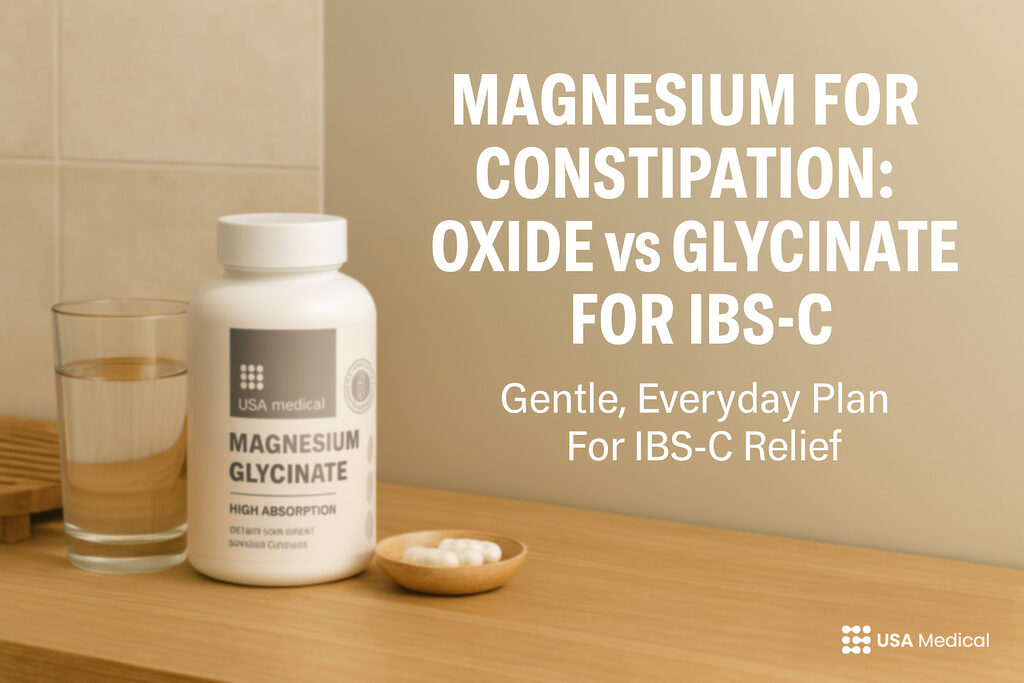
If your goal is comfortable, consistent relief, not a rollercoaster,

If you’re wondering whether magnesium glycinate for sleep is worth
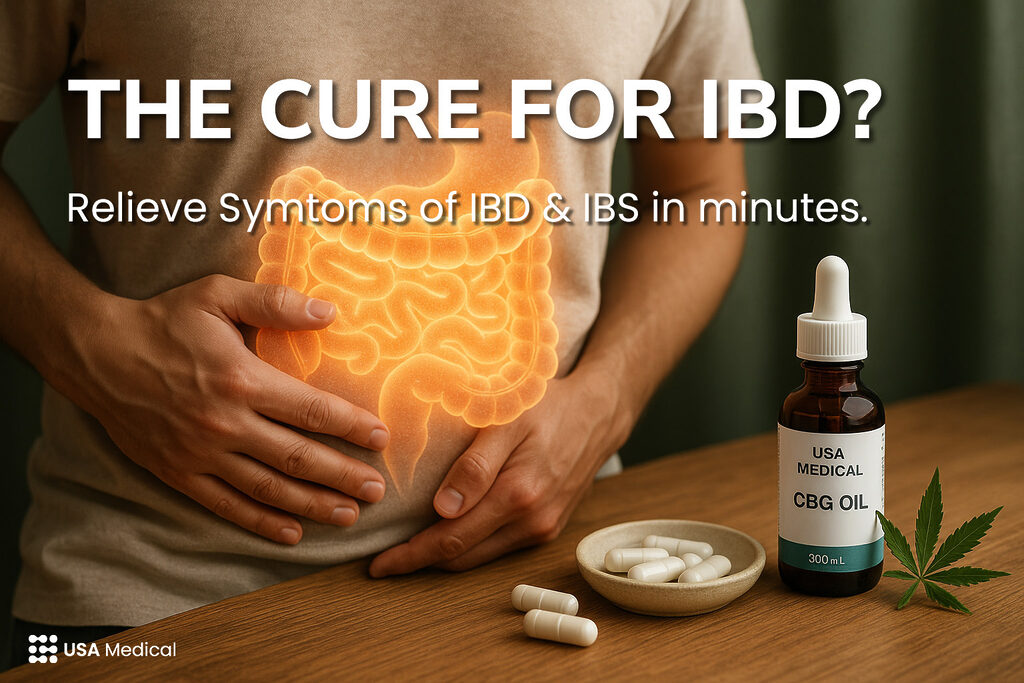
What we mean by IBD, IBS, and Crohn’s IBD is

USA Medical CBG Oil works quickly and keeps working for
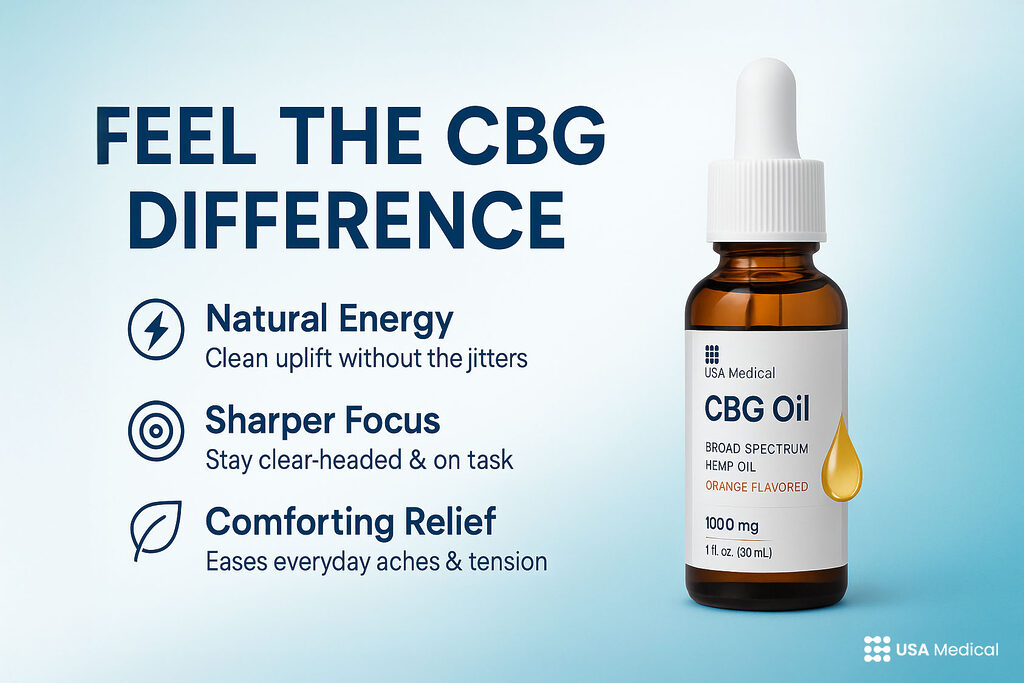
What Is CBG Oil? The Cannabinoid Behind the Buzz Cannabigerol

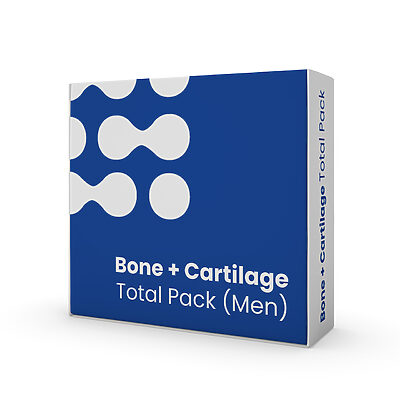
In stock | Free shipping

In stock | Free shipping
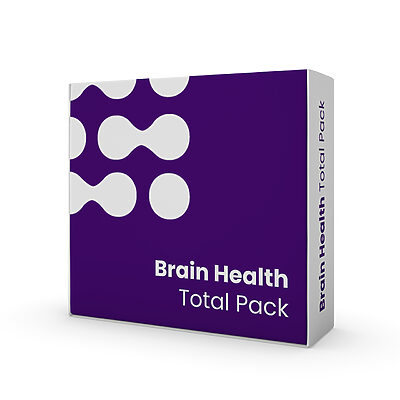
In stock | Free shipping

In stock | Free shipping
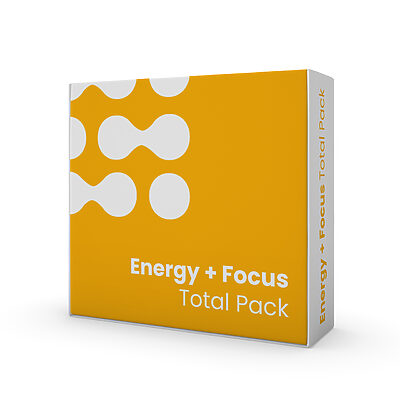
In stock | Free shipping
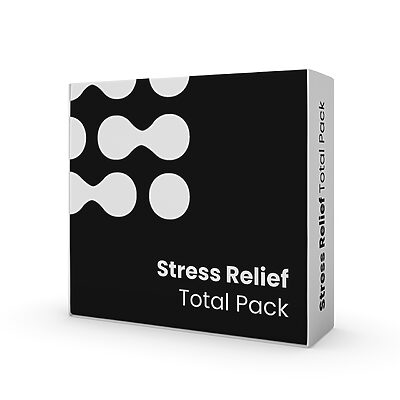
In stock | Free shipping
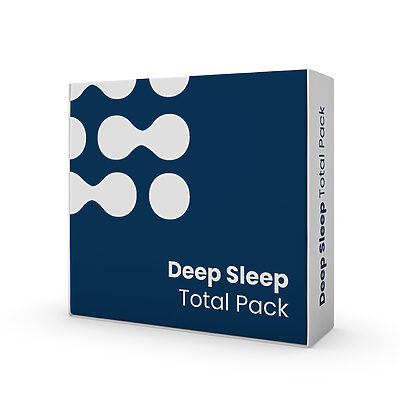
In stock | Free shipping
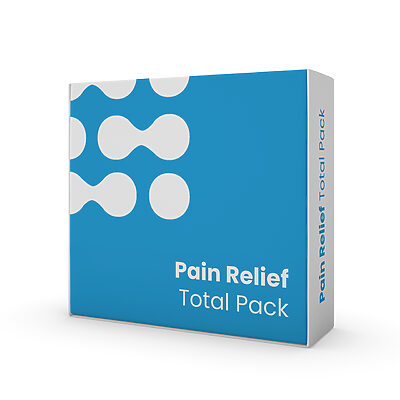
In stock | Free shipping